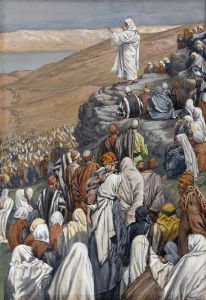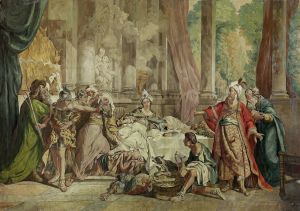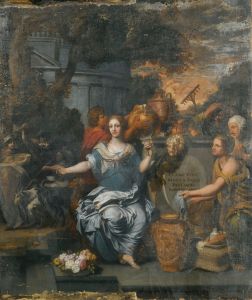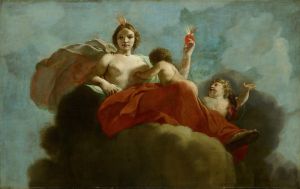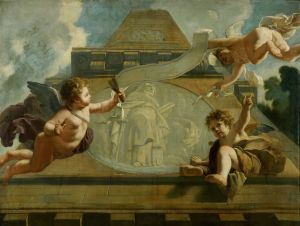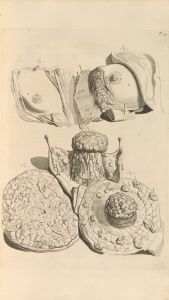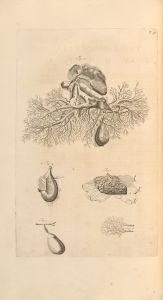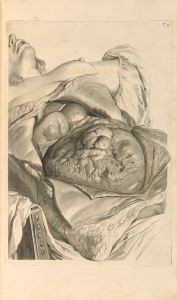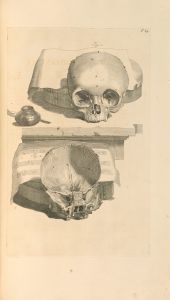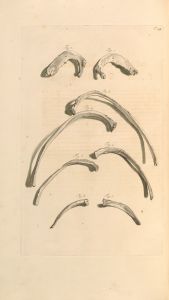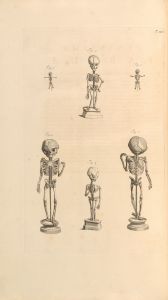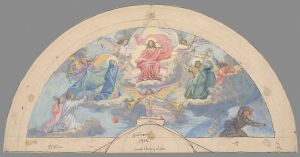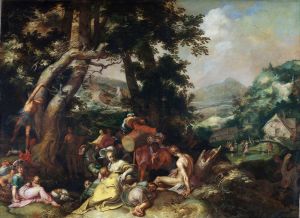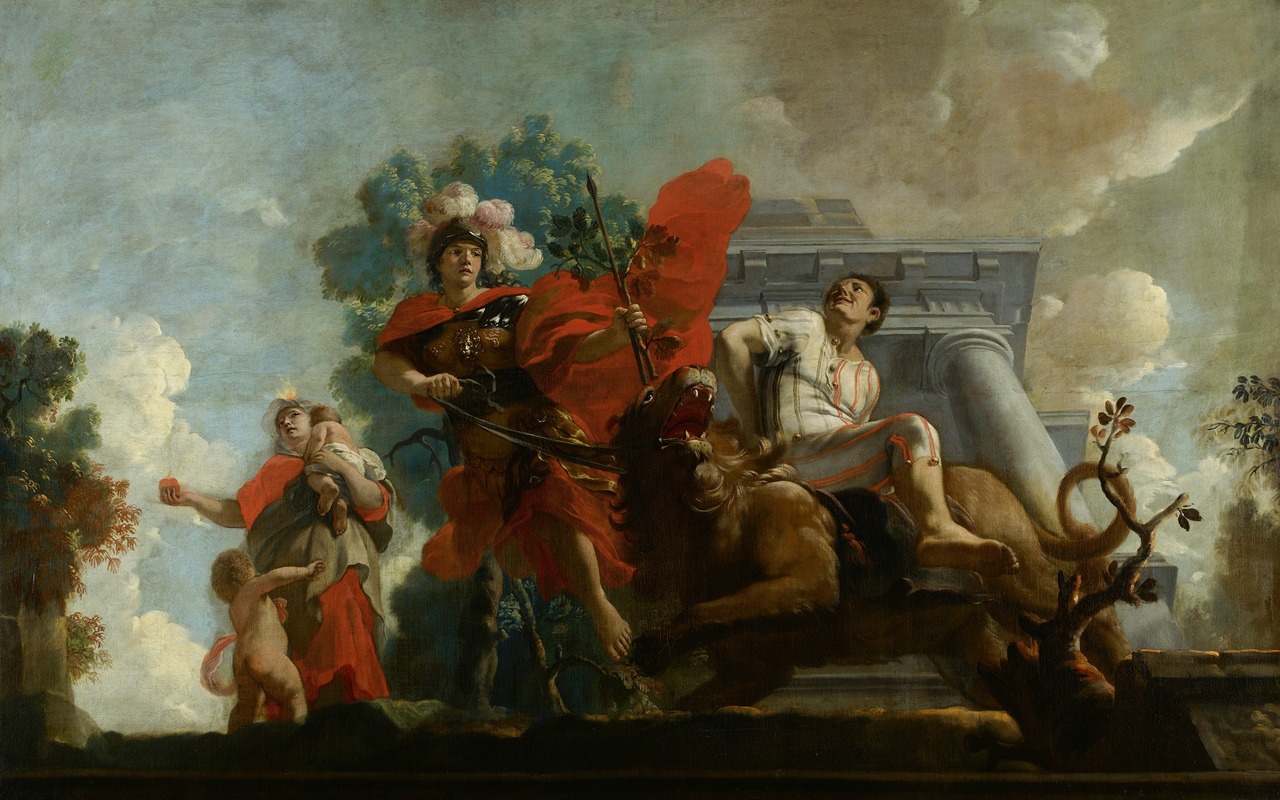
Fortitudo breidelt de zotheid ; Allegorische voorstelling van de verzorging van leprozen en onnozelen
A hand-painted replica of Gerard de Lairesse’s masterpiece Fortitudo breidelt de zotheid ; Allegorische voorstelling van de verzorging van leprozen en onnozelen, meticulously crafted by professional artists to capture the true essence of the original. Each piece is created with museum-quality canvas and rare mineral pigments, carefully painted by experienced artists with delicate brushstrokes and rich, layered colors to perfectly recreate the texture of the original artwork. Unlike machine-printed reproductions, this hand-painted version brings the painting to life, infused with the artist’s emotions and skill in every stroke. Whether for personal collection or home decoration, it instantly elevates the artistic atmosphere of any space.
Gerard de Lairesse, a prominent Dutch Golden Age painter and art theorist, created the painting Fortitudo breidelt de zotheid; Allegorische voorstelling van de verzorging van leprozen en onnozelen (translated as Fortitude Bridles Folly; Allegorical Representation of the Care for Lepers and Fools). This work is an allegorical depiction, a style for which de Lairesse was well-known, combining classical themes with moral and social commentary.
The painting portrays the allegorical figure of Fortitude (Fortitudo), a personification of strength and courage, restraining or "bridling" Folly (Zotheid), often represented as a foolish or irrational figure. The scene is further enriched by its connection to the care of marginalized groups, specifically lepers and individuals considered "fools" or mentally ill, reflecting societal attitudes and charitable practices in the 17th century. Such themes were common in the art of the period, as they aligned with the moral and religious values of the time, emphasizing compassion and the virtues of charity.
Gerard de Lairesse was influenced by classical antiquity and the works of Nicolas Poussin, which is evident in the structured composition and idealized figures in this painting. De Lairesse's works often carried didactic messages, aiming to educate and inspire viewers through allegory and symbolism. His style is characterized by its clarity, harmonious proportions, and refined execution, hallmarks of the Dutch classicist tradition.
The painting likely served as a moral reminder of the importance of caring for the less fortunate, a theme that resonated in the context of 17th-century Dutch society, where charitable institutions played a significant role. However, specific details about the commission, patronage, or original location of this work are not well-documented.
Gerard de Lairesse's career was marked by his transition from a successful painter to an influential art theorist after he lost his eyesight later in life. His writings, particularly The Great Book of Painting (Het Groot Schilderboek), had a lasting impact on art theory in the Netherlands and beyond.
The painting is an example of de Lairesse's ability to blend allegory with social commentary, showcasing his intellectual approach to art. While the exact date of creation and current location of this work are not specified in available records, it remains a testament to his skill and the cultural values of his time.





